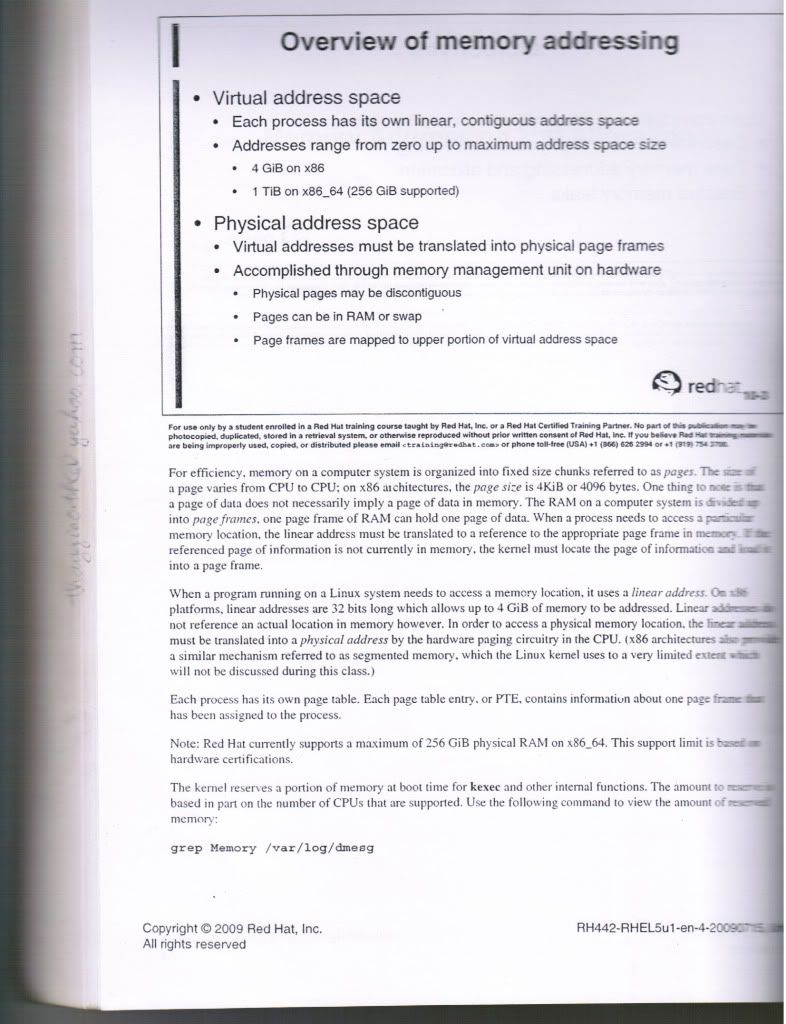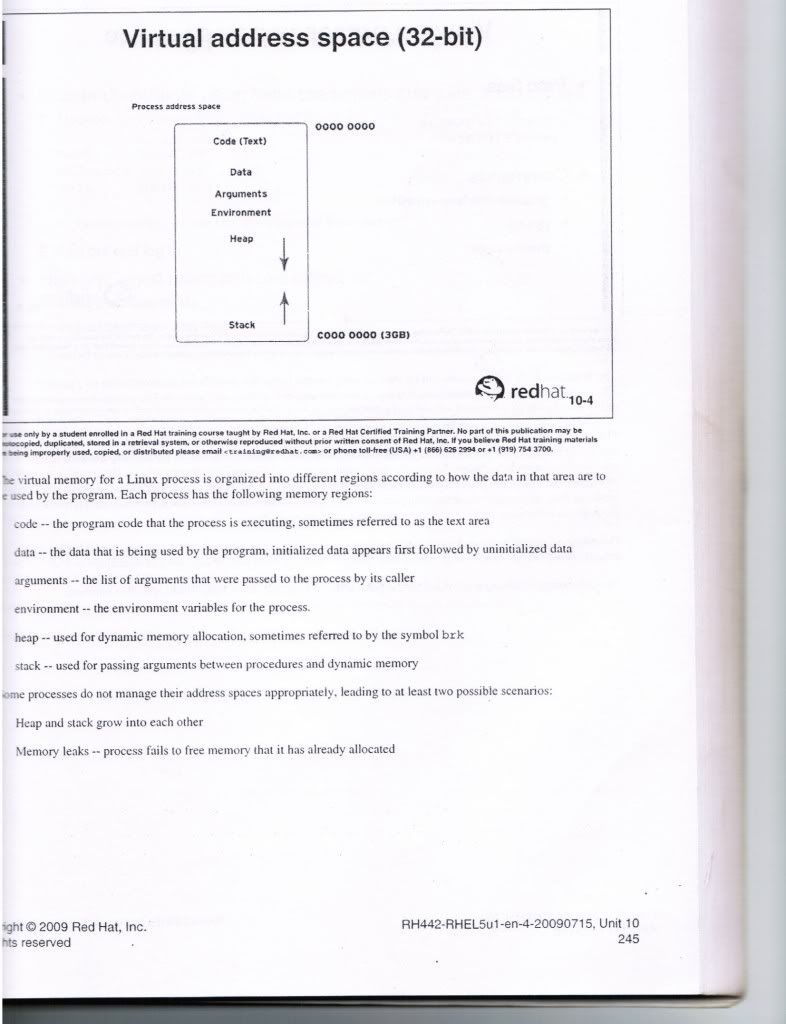|
| Đăng Kí | Hỏi/Đáp | Danh Sách | Lịch | Bài Trong Ngày | Tìm Kiếm |
|
||||||||
|
|
||||||||
|
 Chia Sẽ Kinh Nghiệm Về IT
Chia Sẽ Kinh Nghiệm Về IT
  |
|
|
Công Cụ | Xếp Bài |
|
|
#1 |
|
Newbie
Gia nhập: Apr 2011
Trả Lời: 11
|
Sách Linux RH442 Red Hat Enterprise System Monitoring and Performance Tuning
Thời gian qua làm việc về linux khá nhiều, việc quản trị server linux cũng khá nặng đòi hỏi mình phải có kiến thức thật pro để tiếp tục công việc và cũng là niềm đam mê của mình 3-4 năm nay. Mình có đặt mua 1 cuốn sách Red Hat Linux từ USA về tên là:
RH442 Red Hat Enterprise System Monitoring and Performance Tuning    Nội dung: Unit 1 - Elements of Monitoring and Tuning
Review Topics Appendix B Advanced Network Performance Tuning Có thể nói đây là cuốn sách khá sâu về Linux của Red Hat cho dân system, mình đã tìm các hãng khác như SuSE, Ubuntu, IBM... nhưng không có các course tương tự, sách này không chỉ tốt cho dân system engineer mà giúp ích cho dân programming nữa. Mình mong muốn có nó từ lâu rồi nhưng search trên mạng hoài thấy chỉ có bản RH442 version 4.1 năm 2005, khá cũ và không được đầy đủ nữa, các bạn có thể download về tham khảo ở link sau: http://www.filesonic.com/file/1176812354/RH442.p1.rar http://www.filesonic.com/file/1176823194/RH442.p2.rar Nếu bạn nào cần tài liệu này mình sẽ photo từ sách gốc của mình (đảm bảo nội dung đầy đủ và rõ ràng) gửi các bạn, giá 1 cuốn là 300k (tặng 1 trong 2 cuốn lab Linux Advance) Tên: Nguyễn Trung Hiếu Phone: 0919761185 YM: thaygiaoth Ngoài ra mình cũng đang kiếm các sách sau (nếu có đủ tiền sẽ mua về luyện tiếp) Linux NFS and Automounter Administration The Exim SMTP Mail Server: Official Guide for Release 4 Anh em nào có 2 sách trên (ebook hay sách đều ok) có thể trao đổi tài liệu với mình Chân thành cảm ơn các anh em thời gian qua đã mua sách ủng hộ mình, giúp mình để dành lương mua sách (do you believe? it's up to you!) |
|
|

|
 |
|
|